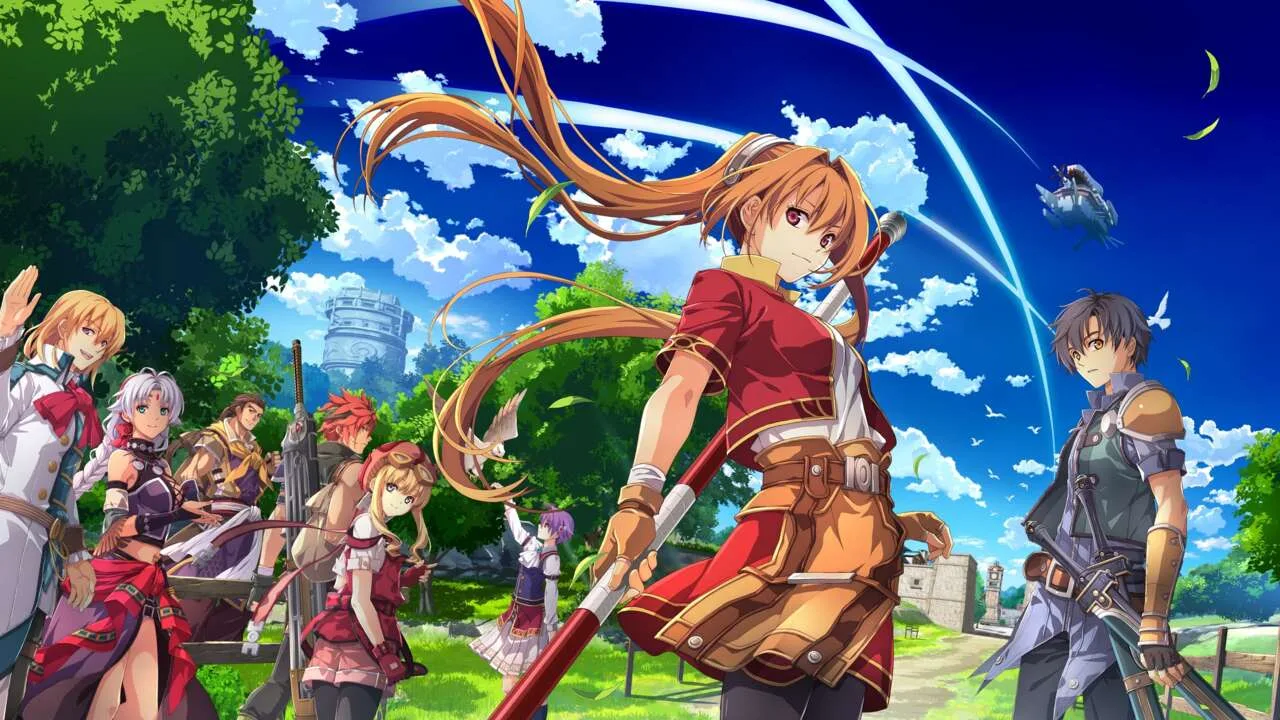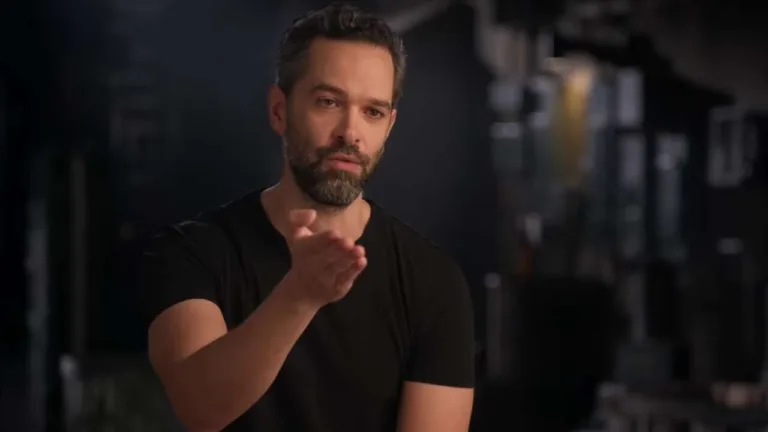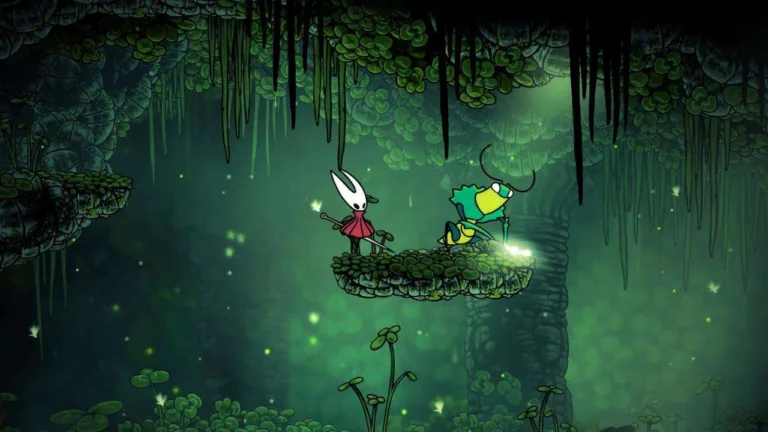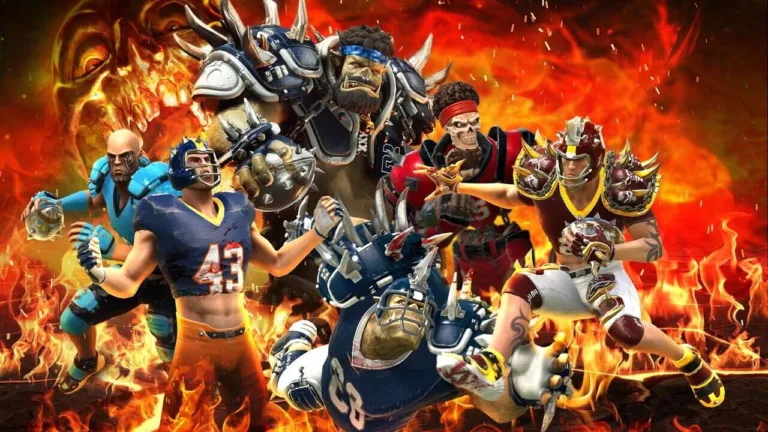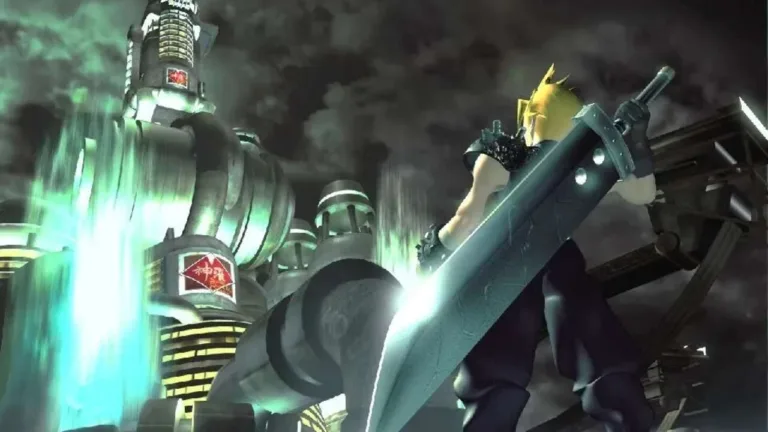Trails In The Sky 1st Chapter Review – A Glorious Return To The Beginning
Trails in the Sky 1st Chapter finally addresses a major dilemma for newcomers considering getting into Falcom’s epic industrial fantasy saga. While the Trails series has consisted of different arcs set in different parts of the continent of Zemuria that you could start from, when its overarching storyline and continuity spans titles released over two decades, where better to begin than the very first chapter?
Trails in the Sky 1st Chapter successfully remakes the game and brings it in line with the standards of a Trails game in 2025, while preserving its original story. This is not a bloated reimagining–Trails titles have already been well-regarded for having a wealth of text, so it’s not like a remake would benefit from more fleshing out–but sticks to all of the original story beats, along with a revised localization that’s also closer in style to the Japanese text. There are some new lines too, mostly to fill the silences during exploration, but still not quite the same undertaking of localizing a new script from scratch, which is usually why previous Trails games have taken longer to reach the West.

Just like the original, 1st Chapter begins with 11 year-old Estelle waiting for her father Cassius to arrive home, only to find he’s brought with him an injured orphaned boy named Joshua who’s also her age. Fast-forwarding five years later, he’s part of the family and the pair are following in their father’s footsteps to become bracers: heroic warriors serving and protecting their communities by exterminating dangerous monsters and helping with odd jobs. But besides going from town to town in the kingdom of Liberl and doing good deeds to increase their bracer rank, Estelle and Joshua become embroiled in one mystery after another, from political corruption to kidnappings, culminating in a vast conspiracy beyond what they could have imagined.
Although the world of Trails has rich and complex world-building, 1st Chapter frames it from a more naive perspective of traditional do-gooders, contrasting with later entries that explore more morally gray territory, but it’s fitting for a coming-of-age story that also has one of the sweetest romantic subplots that gently creeps up on you. Getting to experience the story from Estelle’s earnest and feisty perspective, just as prone to goofy outbursts as she is to show compassion, as she learns the ways of the world and her heart, she’s still one of the most well-written female protagonists in a JRPG, while her close bond with Joshua is one of the game’s most memorable qualities. They’re complemented with a delightful cast of companions who also have different facets to their personality, like Scherazard, the big-sister bracer who also loves to indulge in alcohol, while some may be more than who they say they are, such as the overly flirtatious bard Olivier.
These characters are all wonderfully realized with modern visuals that are in line with the modern Trails games, including a dynamic range of camera angles so you can actually see the animated expressions on everyone’s faces as if you’re watching an anime. A stage production performed during a school festival in the game’s midpoint is a particular highlight that evokes so much more than what chibi sprites and text boxes with static character portraits were able to before.
Although much of the cast have already had the sprite-to-3D glow-up, having appeared in later entries of the series, they’ve still never looked as good as they do in 1st Chapter thanks to the aesthetic decision to render them with vibrant cel-shading. That same care also goes into the rest of the supporting cast, as well as even the numerous NPCs in each town, many named and usually with new lines of dialogue from when you speak to them later in a chapter compared to when you spoke to them earlier. It’s only a shame that in incorporating voice acting–available in both English and Japanese–it’s still only partially voiced. That’s understandable for optional side quests, but it also means during the story the voice acting is suddenly gone or only one of the character’s lines are voiced.
The modern benefits extend to exploration and combat. While towns are faithfully realized from the original, from the harbor city of Ruan to the royal capital of Grancel, the long, winding roads that seamessly connect themare much improved with a wide-linear design and different elevations, allowing for more exploration as opposed to just traversing a glorified corridor. This is also aided by the ability to fast-travel or turn on high-speed mode if you just want to race across areas and complete quests, then report back to the local Bracer Guild to steadily increase your rank. Fast travel is still limited to the region you’re in during a given chapter, so you won’t be able to fast-travel back to earlier locations while side quests also expire if you don’t complete them by the time the story progresses.
Trails in the Sky 1st Chapter successfully remakes the game and brings it in line with the standards of a Trails game in 2025
Combat is the big night-and-day difference, as 1st Chapter takes the hybrid approach introduced in 2024’s Trails Through Daybreak, where you can switch between real-time action and turn-based commands, which also includes team-based attacks from 2015’s Trails of Cold Steel. The action approach naturally reduces grinding and isn’t just a mindless hack-and-slash. Last-second dodges instantly charge up a gauge for you to perform more powerful attacks–it’s also still feasible and readable when played in high-speed mode. But what makes the hybrid system work effectively is that you also have incentives to switch to commands, such as after stunning an enemy, which gives you a preemptive advantage. Whereas action combat is better suited to a single enemy, in turn-based mode, you have access to commands that are more effective against multiple enemies, such as special attacks with area-of-effect damage that can be a circle, an arc, or a line, while some enemies are also more susceptible to elemental arts rather than physical attacks.
That can sometimes trivialize turn-based battles since it’s easy to build up party members’ CP used for unleashing special attacks–including the flashy S-Crafts with over-the-top animations that spend the full gauge–and BP for team attacks during quick battles and then switch to commands when you’ve filled your stock and unleash the most powerful attacks right away.
That doesn’t mean 1st Chapter is a cakewalk, as you’ll still be locked into the traditional battles in special encounters such as boss fights, where you’ll need to make use of different tactics. Being able to move party members around the field of battle is important for avoiding enemy’s area-of-effect attacks but also so that you can also set your own for attacking enemies or supporting allies. While you can see turn orders on the side of the screen, it also helps to use abilities that can interrupt or delay someone’s turn too. As part of its fiction where there have been huge advances in technology coming from mysterious Orbal energy, used for powering everything from escalators to airships, it’s also reflected in the magical Arts you wield. Similar to Final Fantasy 7’s Materia, Orbment devices can be fitted with quartz, their colors also denoting a specific element or power, such as blue for water and healing-based arts, red for attack and fire-based arts, or yellow for earth and defense-based arts; the higher level the quartz or the more of the same colored quartz you insert, the more high-level arts that can be used.
Ultimately however, when the engaging story, characters, and worldbuilding is the strongest aspect of a Trails game, it’s less concerned with challenging you with finding the right build or strategy. There are plenty of difficulty options, and if you fall to a tough boss, you also have the option to retry with their strength reduced, so you’re unlikely to face a roadblock from progressing the story because you’re underleveled. Party management is also not a concern as party members come and go as dictated by the narrative. That does mean if you have your favourites, you may not get to invest as much time in them as you’d like, aside from Estelle and Joshua, who are an inseparable duo throughout.

As faithfully one-to-one as the remake is, there is a downside that means there isn’t new gameplay content if you’ve experienced the story before. Any activities you find, such as cooking recipes (which do include new cooking animations), are what were in the original game, including moments you’re given multiple choices to respond to. While it’s still an interesting way to gauge your judgement as a bracer, it would have been better to update it to something more meaningful, so that you’re also rewarded with more than just bonus BP, which is easy to build up during quick battles anyway.
If 1st Chapter is a bit lighter and less complex than its later iterations, then that is also in keeping in the spirit of the original game as the beginning of an epic saga. If you’ve always wanted to experience the wonder of the Trails series but didn’t know where to start, then there are no excuses as this faithful remake is the definitive way to begin that long and winding trail. Hopefully, the remake of its second chapter follows up swiftly.

